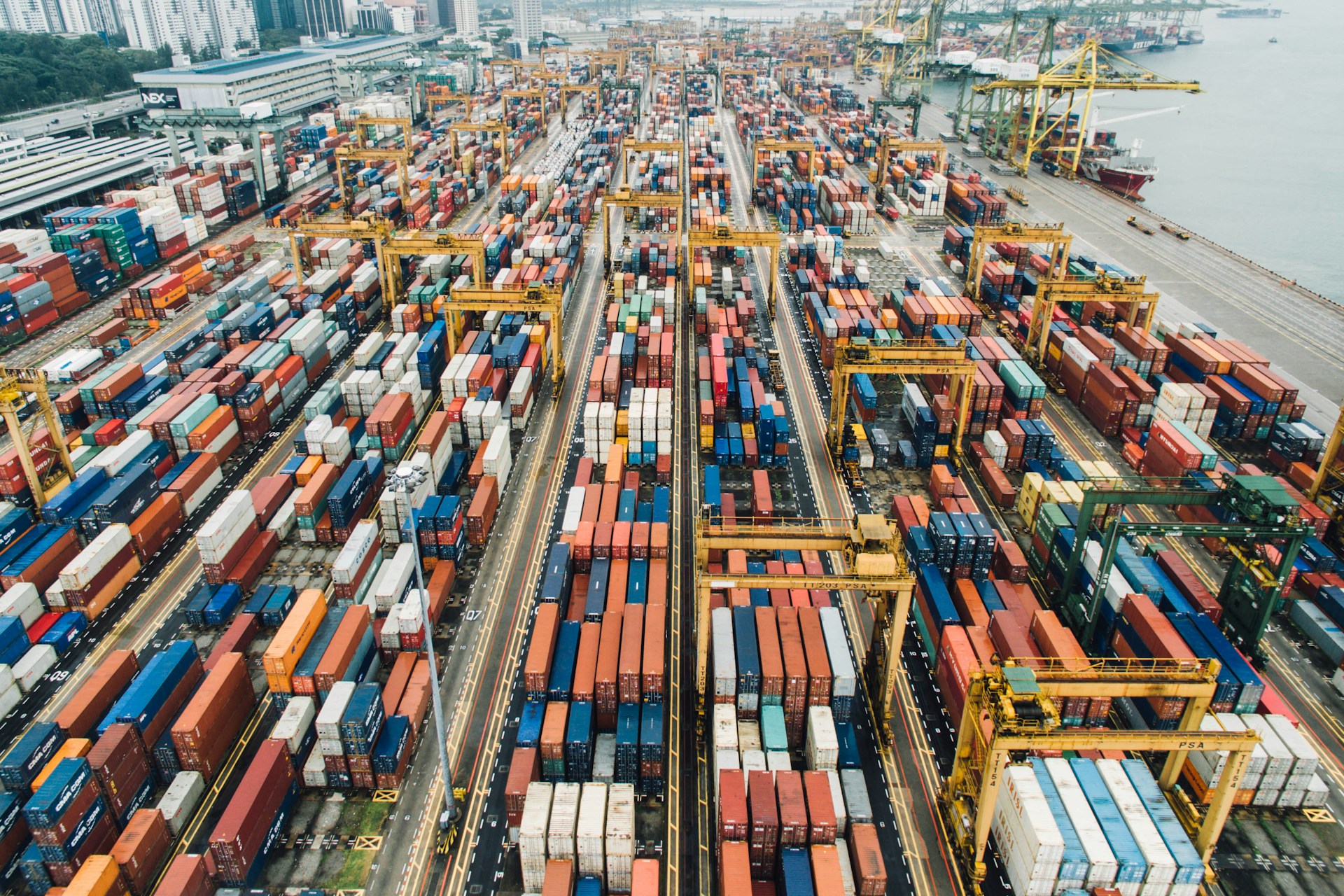The global supply chain crisis, coupled with rising inflation, continues to disrupt economies worldwide, driving up costs for businesses and consumers alike. While the world is still grappling with the long-term effects of the COVID-19 pandemic, additional pressures, such as labor shortages, shipping bottlenecks, and geopolitical tensions, have compounded the problem, resulting in a significant economic challenge that shows little sign of abating in the near future.
Supply Chain Bottlenecks: The Root Cause
The supply chain disruptions began as the pandemic caused widespread shutdowns and restrictions, leading to a sharp decline in production and labor availability. While many countries have reopened, the road to recovery has been rocky, with several ongoing challenges.
One of the most critical issues has been the shortage of workers in key industries. Sectors such as manufacturing, shipping, and retail are still facing significant labor shortages, which has slowed down production and transportation of goods. According to the International Labour Organization (ILO), labor force participation remains lower than pre-pandemic levels in many countries, contributing to delayed deliveries and increased operational costs.
Simultaneously, the global logistics system has become overwhelmed. Ports, particularly those in the U.S. and China, have been experiencing unprecedented congestion. At the height of the crisis in late 2021, more than 100 container ships were waiting to offload goods at the Port of Los Angeles, exacerbating delays and creating a backlog that took months to resolve.
The Inflation Surge: Rising Costs Across the Board
The ripple effect from supply chain bottlenecks is evident in the sharp rise of inflation around the world. Prices for goods, from groceries to electronics, have surged in recent months, largely due to the increased costs of raw materials and transportation. The U.S. Bureau of Labor Statistics reported that in 2022, consumer prices in the U.S. reached a 40-year high, driven by skyrocketing food and energy costs.
The energy sector has been a major contributor to this inflationary spike. With rising global demand and reduced supply, oil prices surged, pushing up the cost of gasoline, heating, and electricity. The war in Ukraine, in particular, has intensified global energy shortages, adding to the already strained markets and increasing the cost of living.
For businesses, the inflationary pressures are also mounting. From increased wages to rising transportation costs, companies are forced to adjust their pricing models. For example, major retailers like Walmart and Target have seen their supply chains disrupted and faced higher transportation and production costs, which they’ve passed on to consumers in the form of higher prices.
Industry-Specific Impacts
Several industries have been hit particularly hard by the combination of supply chain disruptions and inflation:
- Automotive Industry: The global shortage of semiconductors has caused major delays in car production. Automakers like General Motors, Ford, and Volkswagen have been forced to cut back on production, resulting in a decrease in inventory and rising car prices. The World Economic Forum reports that the semiconductor shortage has caused an estimated $210 billion in lost revenue for the automotive industry alone in 2021.
- Electronics and Technology: The technology sector has also faced significant supply chain challenges, particularly with the shortage of microchips. Electronics companies have been unable to meet demand for devices like smartphones, gaming consoles, and laptops. Prices for many popular tech products have increased, and availability has been limited, creating frustration for consumers and slowing the growth of the tech industry.
- Food and Agriculture: Rising transportation costs and disruptions in agricultural supply chains have contributed to the steep rise in food prices. Fertilizer shortages, particularly exacerbated by the war in Ukraine, have further affected crop production, leading to higher prices for staple foods such as wheat and corn. The Food and Agriculture Organization (FAO) has reported significant price increases for grains, oilseeds, and other key agricultural products, impacting both producers and consumers.
The Way Forward: Adapting to the New Normal
As the world continues to navigate these challenges, businesses and governments are looking for solutions to reduce the strain on supply chains and curb inflation. Companies are increasingly turning to technology and automation to improve supply chain efficiency, with more investment in AI-driven logistics, inventory management systems, and digital tools to track shipments in real-time.
On the policy side, governments are working to stabilize energy prices and address labor shortages. For example, the U.S. Federal Reserve has raised interest rates in an attempt to combat inflation, though this could have the side effect of slowing down economic growth. Meanwhile, supply chain reforms, such as improving port infrastructure and diversifying production sources, are being discussed to avoid future disruptions.
Consumers, too, are adapting by adjusting their spending habits. With many products becoming more expensive, people are prioritizing essential goods and services, while some are seeking more affordable alternatives or delaying big-ticket purchases.
Conclusion: A Complex Recovery
The combination of the global supply chain crisis and inflation presents a complex challenge for economies worldwide. While recovery is underway, it is clear that both issues will take time to resolve. For businesses, this means navigating higher operational costs and adapting to changing consumer behavior. For consumers, it means adjusting to higher prices and longer wait times for goods. As the world works toward a solution, the ultimate test will be how governments and industries balance recovery efforts with the need to ensure long-term economic stability.
